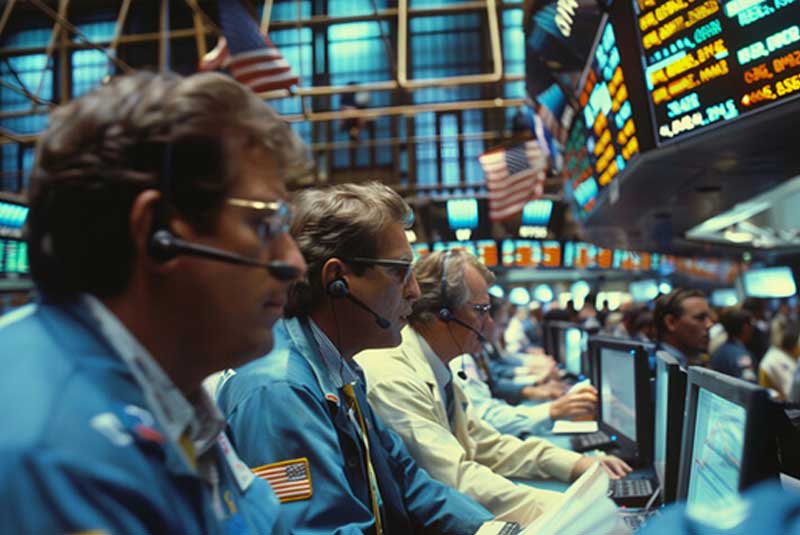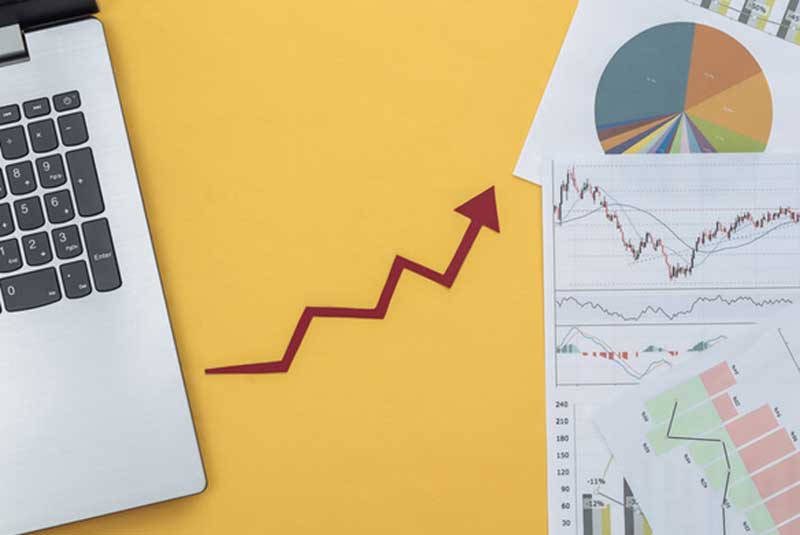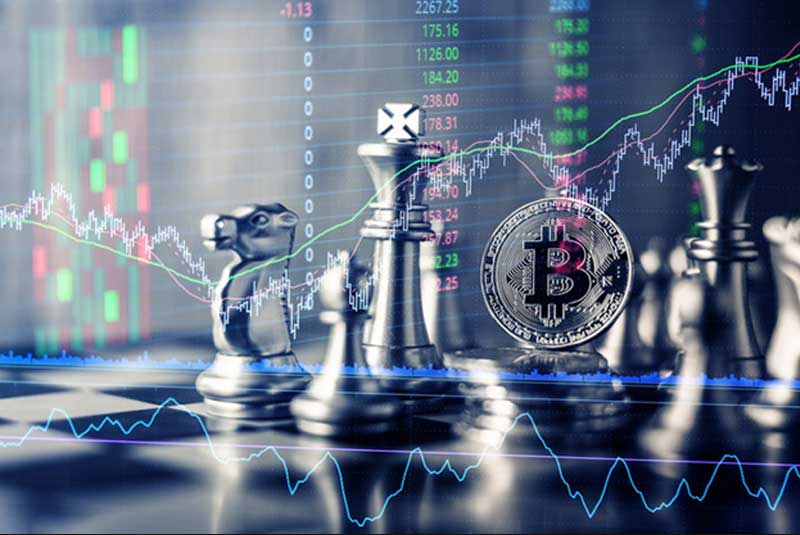Becoming a better futures trader involves a combination of education, practice, and emotional discipline. Whether you’re a day trader, swing trader, or position trader, understanding your trading style, developing a robust strategy, and managing your emotions are crucial components for success in the futures market. This article will delve into various aspects of futures trading and provide insights on how to enhance your trading skills.
Know Your Trading Style
Before you can become a better futures trader, it’s important to define what kind of trader you are. Different trading styles require different approaches, strategies, and time commitments. Here are the main types of futures traders:
* Day Trader
Day traders buy and sell futures contracts within the same trading day. They rely on technical analysis and short-term price movements to make profits. Day trading requires a high level of concentration, quick decision-making, and the ability to handle stress.
* Swing Trader
Swing traders hold positions for several days to weeks, aiming to profit from medium-term price movements. They use a combination of technical and fundamental analysis to identify trends and potential reversals. Swing trading requires patience and the ability to manage trades over longer periods.
* Position Trader
Position traders hold positions for several months or even years. They focus on long-term trends and macroeconomic factors that can influence the market. Position trading requires a deep understanding of market fundamentals and the ability to withstand significant market fluctuations.
Understanding your trading style is the first step in developing a tailored strategy that suits your personality, risk tolerance, and time availability.
Developing a Trading Strategy
A well-defined trading strategy is essential for consistent success in the futures market. Here are the key components of a robust trading strategy:
- Market Analysis
Technical Analysis
Technical analysis involves studying price charts and using various indicators to predict future price movements. Key tools include:
- Moving Averages: Identify trends by smoothing out price data.
- Relative Strength Index (RSI): Measures the speed and change of price movements.
- Moving Average Convergence Divergence (MACD): Shows the relationship between two moving averages.
- Bollinger Bands: Indicate whether prices are high or low on a relative basis.
Fundamental Analysis
Fundamental analysis focuses on economic indicators, supply and demand dynamics, and macroeconomic factors that affect the underlying asset of the futures contract. Key elements include:
- Economic Indicators: GDP, unemployment rates, and inflation figures.
- Supply and Demand: Factors affecting the availability and demand for the asset.
- Interest Rates: Central bank policies and their impact on currencies and bonds.
- Risk Management
Effective risk management is crucial to protect your trading capital. Key principles include:
- Position Sizing: Determine the appropriate size of your trades based on your risk tolerance.
- Stop-Loss Orders: Set stop-loss orders to limit potential losses on each trade.
- Diversification: Spread your investments across different assets to reduce risk.
- Trade Execution
Execute your trades based on your analysis and predefined criteria. Avoid impulsive decisions and stick to your strategy.
- Performance Review
Regularly review your trading performance to identify strengths and weaknesses. Keep a trading journal to document your trades, including the rationale behind each trade and the outcome.
Emotional Discipline in Futures Trading
Emotional discipline is perhaps the most critical factor in becoming a better futures trader. The ability to manage your emotions can significantly impact your trading decisions and overall performance.
* Understanding Emotional Triggers
Identify the emotions that affect your trading decisions, such as fear, greed, and overconfidence. Understanding these triggers can help you develop strategies to manage them.
* Sticking to Your Plan
One of the biggest challenges in trading is sticking to your plan, especially during periods of market volatility. Trust your analysis and strategy, and avoid making impulsive decisions based on emotions.
* Managing Losses
Accepting losses is part of trading. Emotional discipline involves recognizing that losses are inevitable and not letting them affect your future decisions. Use stop-loss orders and risk management techniques to minimize the impact of losses.
* Avoiding Overtrading
Overtrading can result from emotional impulses, such as the desire to recoup losses quickly or capitalize on perceived opportunities. Stick to your strategy and avoid making trades without a solid rationale.
* Developing a Routine
Establishing a routine can help manage emotions by providing structure and consistency. This includes regular market analysis, setting up your trading environment, and taking breaks to avoid burnout.
Continuous Learning and Improvement
The futures market is dynamic and constantly evolving. To stay ahead, commit to continuous learning and improvement.
- Education
Invest in your education by reading books, attending seminars, and taking courses on futures trading. Stay updated with the latest market trends and trading strategies.
- Mentorship
Find a mentor who can provide guidance, share their experiences, and offer valuable insights. Learning from someone with more experience can accelerate your development as a trader. Call a futures broker 1(800)454-9572
- Practice
Practice your trading strategies using a demo account before applying them in a live market. This allows you to refine your approach and gain confidence without risking real money.
- Networking
Join trading communities and forums to connect with other traders. Sharing experiences and discussing strategies with peers can provide new perspectives and ideas.
Becoming a better futures trader is a journey that requires a combination of self-awareness, strategic planning, and emotional discipline. By understanding your trading style, developing a robust strategy, managing your emotions, and committing to continuous learning, you can enhance your trading skills and increase your chances of success in the futures market.
Remember that trading is not just about making profits; it’s about making consistent and informed decisions based on sound analysis and a disciplined approach. Whether you’re a day trader, swing trader, or position trader, the principles outlined in this article can help you become a more effective and confident futures trader.
Ready to start trading futures? Call US 1(800)454-9572 – Int’l (310)859-9572 email info@cannontrading.com and speak to one of our experienced, Series-3 licensed futures brokers and start your futures trading journey with E-Futures.com today.
Disclaimer – Trading Futures, Options on Futures, and retail off-exchange foreign currency transactions involves substantial risk of loss and is not suitable for all investors. Past performance is not indicative of future results. You should carefully consider whether trading is suitable for you in light of your circumstances, knowledge, and financial resources. You may lose all or more of your initial investment. Opinions, market data, and recommendations are subject to change at any time.
Important: Trading commodity futures and options involves a substantial risk of loss. The recommendations contained in this writing are of opinion only and do not guarantee any profits. This writing is for educational purposes. Past performances are not necessarily indicative of future results.
**This article has been generated with the help of AI Technology. It has been modified from the original draft for accuracy and compliance.
***@cannontrading on all socials.









